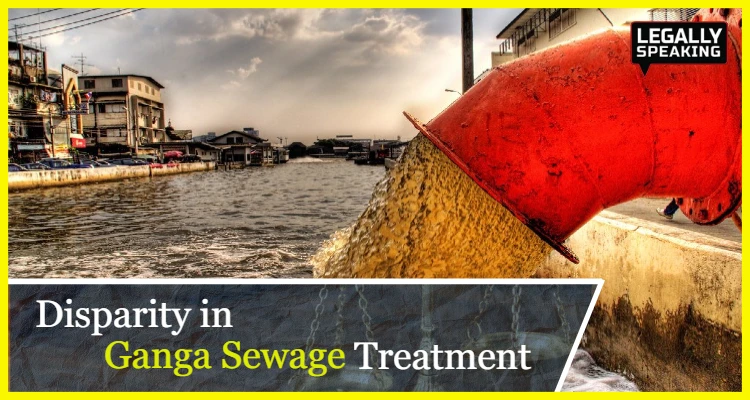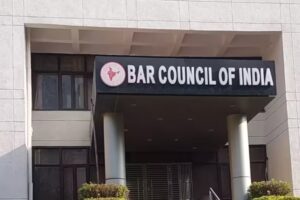
The National Green Tribunal (NGT) has observed a significant disparity in sewage discharge treatment in the Ganga and its tributaries across 22 districts of Uttar Pradesh, with no treatment facilities available in 12 districts. The tribunal urged the authorities concerned to promptly implement corrective measures.
Addressing the issue of pollution abatement in the Ganga and its tributaries, the green panel previously requested specific pollution-related information from Uttar Pradesh, Jharkhand, Bihar, West Bengal, and Uttarakhand.
The Bench
A bench comprising NGT Chairperson Justice Prakash Shrivastava, Judicial Members Justice Sudhir Agarwal and Justice Arun Kumar Tyagi, and Expert Member Afroz Ahmad, noted the submission of a report by Uttar Pradesh, detailing information on 23 districts. These districts include Baghpat, Bulandshahar, Ballia, Mathura, Saharanpur, Lalitpur, Gonda, Hamirpur, Hathras, Mau, Aligarh, Bareilly, Etah, Jalaun, Kasganj, Ambedkar Nagar, Sahajahanpur, Raebareli, Pratapgarh, Amethi, Hardoi, Ghazipur, and Ayodhya.
The bench remarked, “There is a wide gap in sewage treatment in all the 23 districts except district Kasganj, which is yet to be verified.” “No sewage treatment facility exists in Ballia, Lalitpur, Gonda, Hamirpur, Hathras, Jalaun, Mau, Ambedkar Nagar, Shahjahanpur, Amethi, Hardoi, and Ghazipur,” it added.
The tribunal noted the lack of information regarding districts that contribute significantly to the pollution load on the Ganga, including Varanasi, Prayagraj, Farrukhabad, Kanpur, Unnao, and Mirzapur.
Regarding areas adjacent to the river and its tributaries under civic bodies, the tribunal noted, “sewage or sullage is directly flowing and thereby impairing water quality of Ganga and tributaries making them unfit for bathing”.
The tribunal identified polluted tributaries of the Ganga, including the Kali (east and west), Krishni, Hindon, Betwa, Sehjwal, Bishui, Manaharan, Ramganga, Aril, west and east Begul, Kichha, Karvan, Pahuj, Tamsa, Saryu, Garrah, Sai, Khannaut, and the Gomati, highlighting their high BOD (biochemical oxygen demand) and faecal coliform.
The NMCG
In response to inquiries about action against violators, the National Mission for Clean Ganga (NMCG) stated it could only issue directions, with execution resting upon state and district administrations.
The tribunal directed district magistrates to formulate action plans for rectifying the situation and ensuring zero discharge of sewage or effluent in the Ganga and its tributaries. These plans must be time-bound, with each pollution source addressed within a specified timeframe.
District magistrates are instructed to submit action plans with their subsequent reports. Meanwhile, the tribunal expressed dissatisfaction with the NMCG report, deeming it “too general and cryptic,” and directed NMCG to submit an independent report detailing sewage and effluent discharge into the Ganga and its tributaries, along with a time-bound action plan for prevention and execution at the district level.
The proceedings are scheduled to continue on July 30, 2024.




